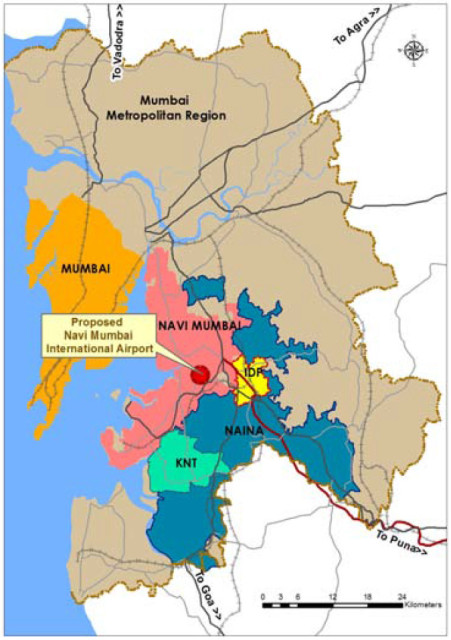
By Rahul Bhatia
When: September 11, 2015, 4 to 6pm
Where: Clifford Manshardt Hall, Academic building 2
Right until the end, the greatest stories of our times wash over us so slowly that we barely feel them. These stories call out to be heard, and heeded. And then, finally, these stories become what we call current events and breaking news. This has happened with climate change, migration, inequality, erosion of liberty, to name a few subjects. Almost as if in response to the quick-fire nature of news-gathering and publishing, a movement to document these changes has risen. The movement is called slow journalism. This kind of reportage requires time, and so there are few people who pursue it. The focus of this talk will be about slow journalism and NAINA, the planned city in western India that will rise over nearly 600 square kilometres around Panvel. The author has covered the gradual formation of the city for Peepli.org, using the techniques of slow journalism. While newspapers largely publish reports about developments at an administrative level, such as a new development plan for the region, or new concessions made to villagers, slow journalism goes deep into the subject, revealing something else entirely. Going deep has allowed us to discover life on the cusp of change in the villages notified for NAINA. We see what people on the ground are fighting for, what a large number of locals value, and what their precise problems with the development plan are.
Slow journalism has an important role to play in the conversation about development in India (among other subjects). This talk will discuss the benefits and challenges of slow journalism at a larger level, and specifically within the framework of the new city of NAINA, and the people most likely to be affected by it.
Rahul Bhatia is a co-founder of the Peepli Project (peepli.org), a slow journalism platform that explores development, water, and wildlife issues in India today. He is presently writing about NAINA, a city marked for creation outside Mumbai, the Navi Mumbai Airport, and the people affected by both projects.
